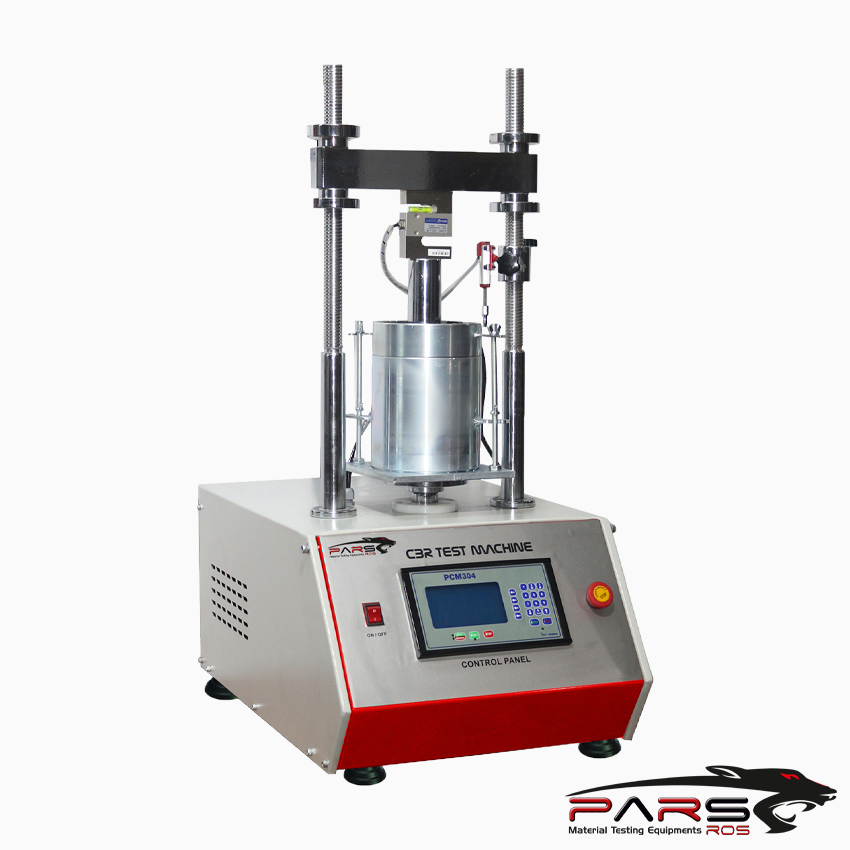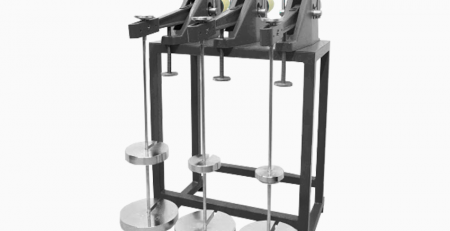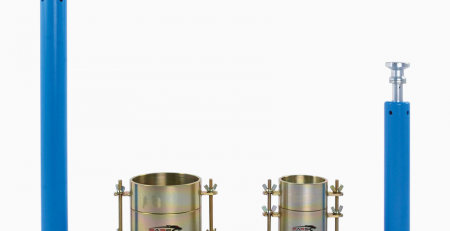CBR Testing
What is CBR Testing?
CBR Testing (California Bearing Ratio) is primarily undertaken to provide data for road pavement design.
It was first developed by the California State Highway Department.
It is a penetration test which is used to evaluate the subgrade strength primarily of roads, pavements and foundations.
The CBR test often forms part of the overall site investigation and is useful for determining the thickness of materials needed for the proposed construction.
How does a CBR Test work?
A CBR Test works by testing the pressure required to penetrate a soil sample with a plunger of the standard area and measuring this.
This measurement is divided by the pressure needed to achieve an equal penetration on a standard, high quality crushed rock material.
The harder the surface, the higher the CBR value.
The CBR test can be carried out on soils with a maximum particle size of 20mm.
Tests are most usually undertaken at surface level or at depths of between 500-1000m, most commonly in 20-30mm intervals along the proposed construction centreline.
On a typical site with prepared surfaces, multiple CBR tests are usually undertaken in a day by a single operator.
Provisional results are often available on site.
When Do you Need a CBR Testing?
Pavement Design
CBR testing is undertaken for the design of highways and housing estate roads to determine the strength of the subgrade soil and enable appropriate selection of
suitable pavement thickness for the anticipated traffic density together with any precautions for frost heave.
Foundation Design
The purpose of foundations is to transfer loads from a structure to competent soil/rock.
They come in the form of traditional shallow spread foundations (strips, pads and rafts) or deep foundations (piles and ground improvement).
The main factors influencing foundation design is the stability of the underlying ground and settlement.
Foundation depths will be influenced by the strength of the ground, seasonal moisture variations, the effects of tree roots, frost action, river erosion, groundwater elevation
and buried structures / ground disturbance.






Leave a Reply
You must be logged in to post a comment.